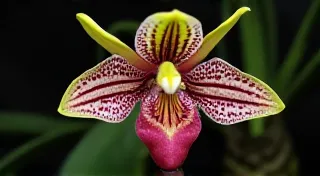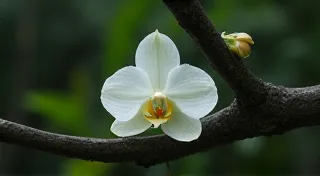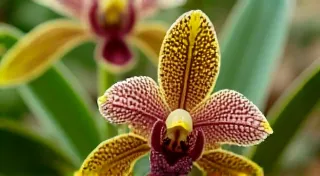Maxillaria Orchid Identification: Distinguishing these Complex Flowers
Maxillaria orchids are a fascinating and notoriously tricky genus within the orchid family. Known for their unusual flower shapes and varying growth habits, they often challenge even experienced botanists and orchid enthusiasts. This guide aims to provide a visual reference and detailed descriptions to help you navigate the complexities of Maxillaria identification.
Understanding the Maxillaria Genus
The genus Maxillaria is incredibly diverse, encompassing hundreds of species found primarily in Central and South America, with a few extending into the Caribbean. They are generally epiphytic, meaning they grow on other plants (often trees) for support, and some are lithophytic, meaning they grow on rocks. One of the major difficulties in identification lies in the significant variation within the genus – what might appear to be distinct species can sometimes be merely variations within a single, widespread species. Careful observation of multiple characteristics is essential.
Key Features to Observe
Successful Maxillaria identification relies on analyzing a combination of features. Here's a breakdown of the most critical areas to examine:
1. Flower Morphology
The flowers of Maxillaria are arguably their most distinctive characteristic, but also the source of much confusion. Common traits, but with huge variations:
- Shape: Maxillaria flowers are rarely symmetrical. They often exhibit a complex, almost sculpted appearance. Some have a prominent spur, while others are more rounded.
- Color: Colors range from yellow and green to purple, brown, and even combinations. Color patterns can be highly variable within a species.
- Sepals & Petals: The number and shape of the sepals and petals are important. Some have fan-like sepals, while others are more elongated.
- Lip: The lip, or labellum, is often the most elaborate part of the flower. Its shape, size, and coloration are key identifiers.
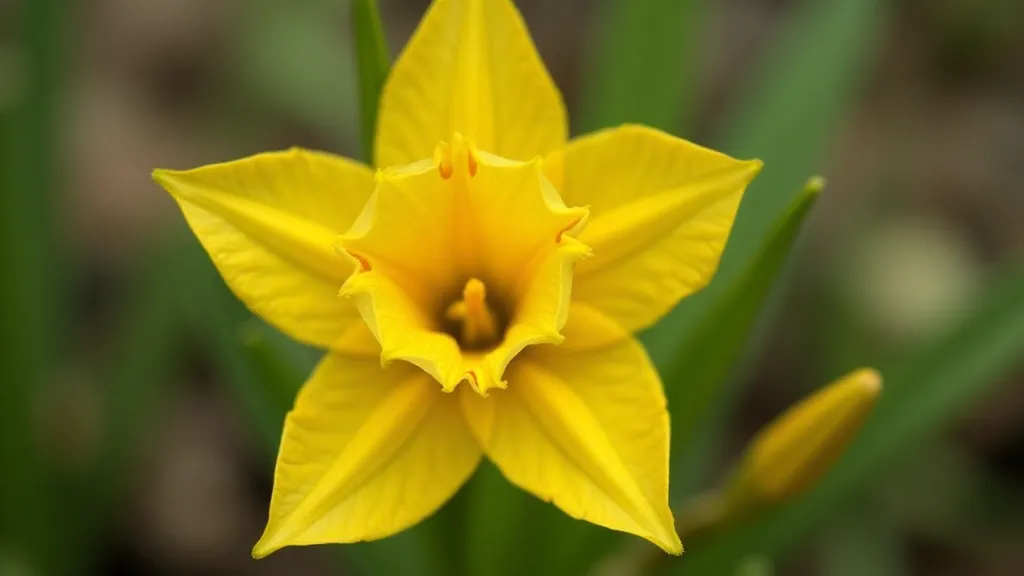
2. Leaf Characteristics
While flowers are primary identifiers, leaf characteristics provide valuable supplementary information.
- Leaf Shape: Leaves can be linear, lanceolate, or even somewhat ovate.
- Leaf Arrangement: Maxillaria often have clustered leaves arising from a short stem. This clustering pattern is important.
- Leaf Texture: Leaves can be fleshy or more leathery.
3. Pseudobulb Structure
Many Maxillaria species produce pseudobulbs – thickened stems that store water and nutrients. Observing their shape, size, and the number of leaves arising from each pseudobulb can aid in identification. Some species may not produce pseudobulbs, growing monopodially (continuously from a single stem). This is important to note.
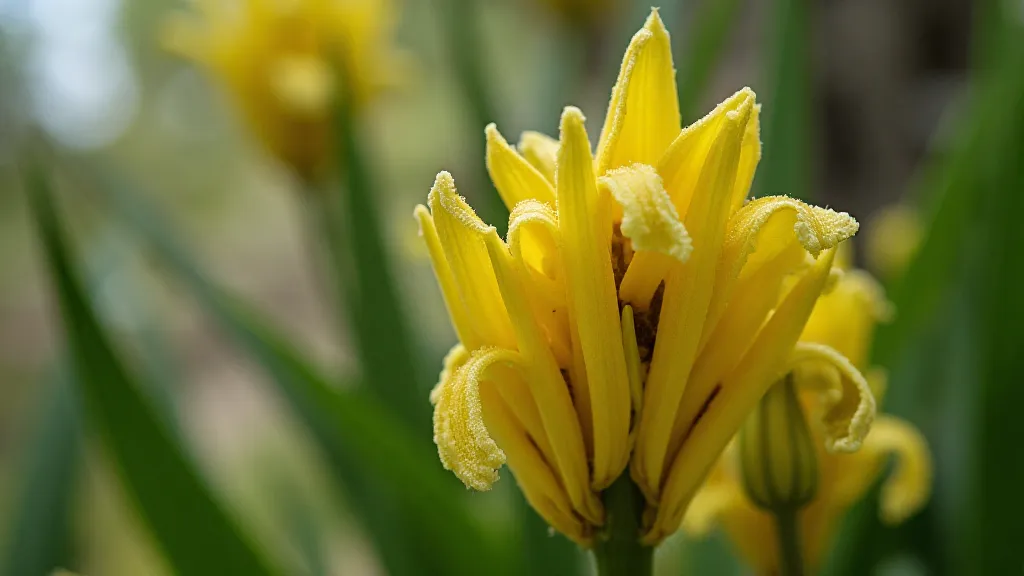
Common Maxillaria Species & Distinguishing Features
While a comprehensive list is beyond the scope of this guide, here are a few examples to illustrate the challenges and rewards of Maxillaria identification:
- Maxillaria tenuifolia: Characterized by extremely narrow leaves and small, yellow flowers.
- Maxillaria bomarensis: Known for its distinctive, almost bird-like flowers with a prominent spur.
- Maxillaria guttulata: Recognized by its globose pseudobulbs and small, spotted flowers.
Resources for Further Research
Identifying Maxillaria orchids can be a lifelong pursuit. This guide is intended to provide a starting point for your journey. Consider consulting the following resources for more detailed information:
- Specialized orchid societies and forums.
- Botanical databases and online herbaria.
- Field guides specific to orchid genera.
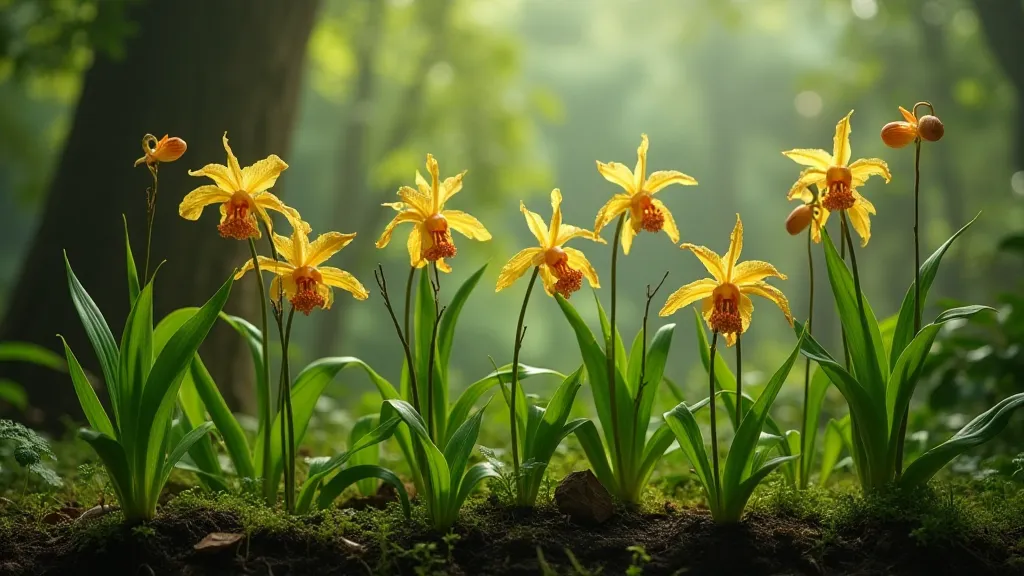
Remember, careful observation, comparison with reliable references, and a willingness to learn are the keys to successfully identifying these fascinating and complex orchids.


